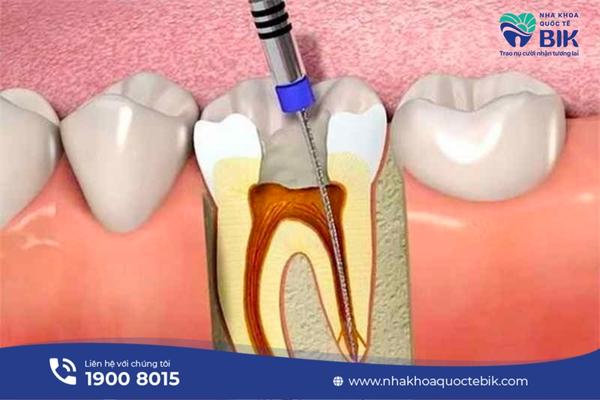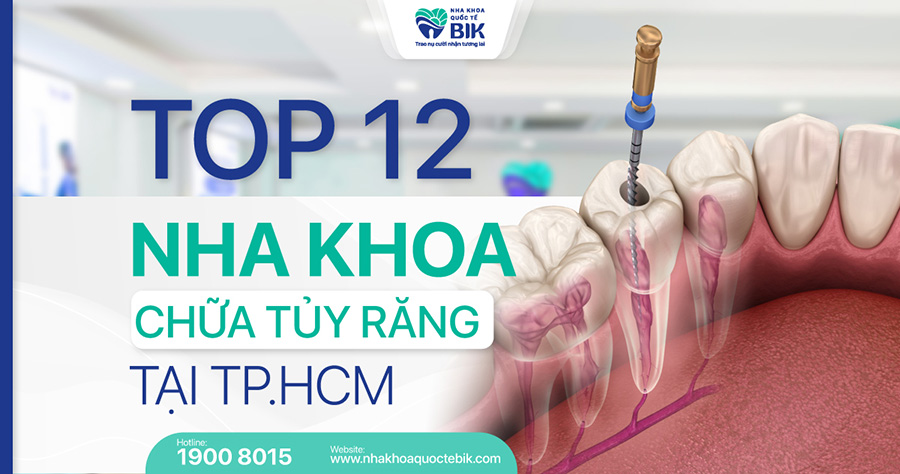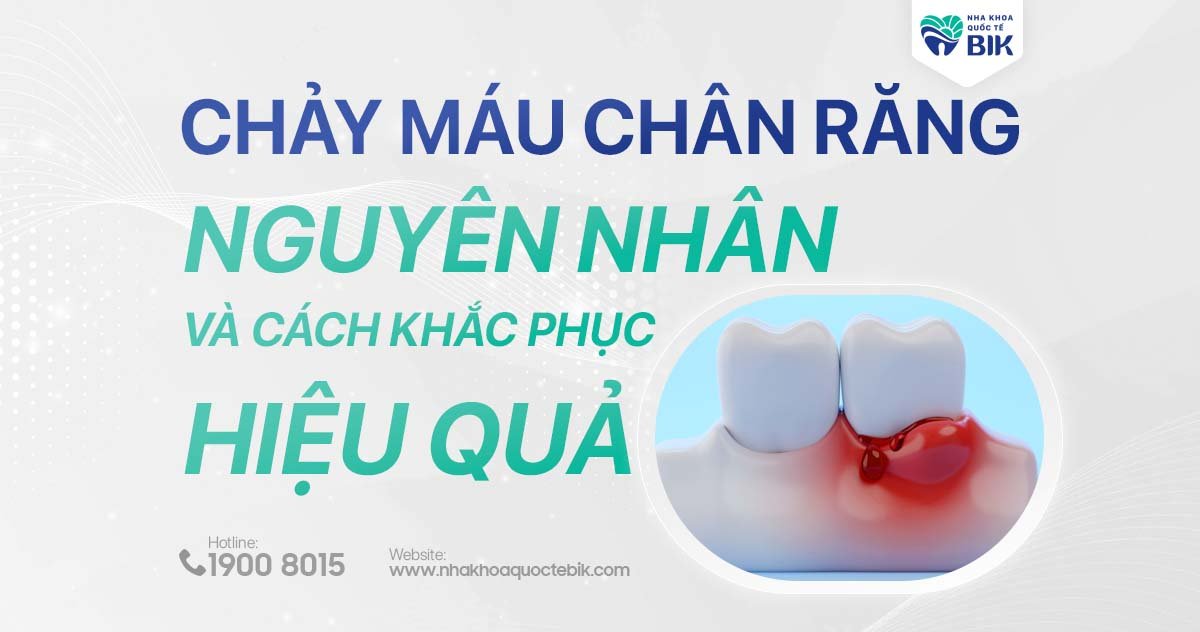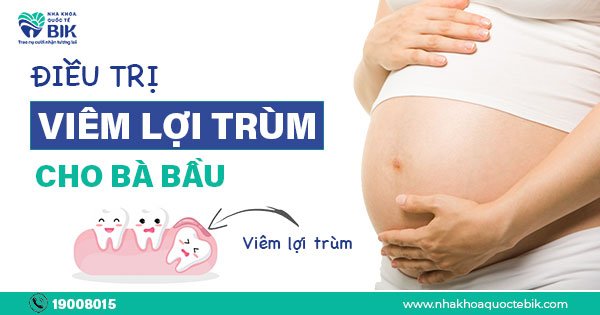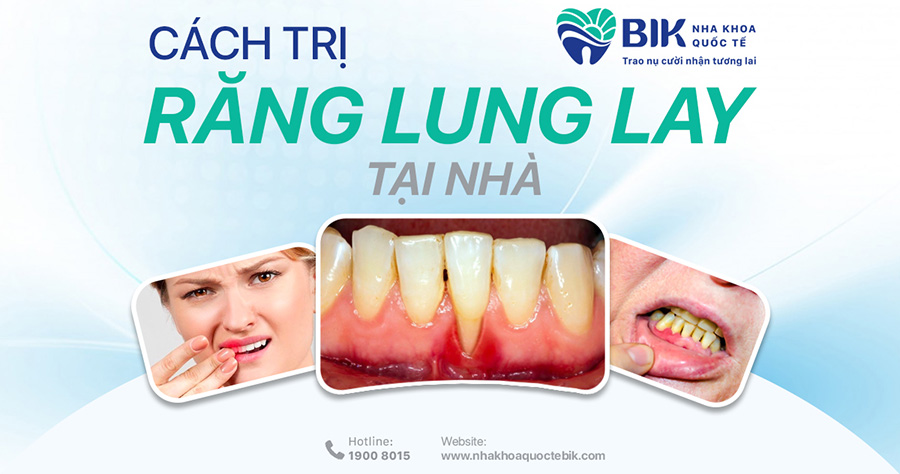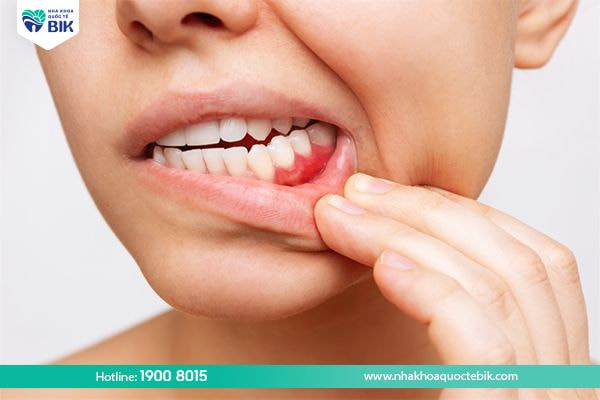How many teeth do humans have and the structure of teeth is a question that many people are curious about. Normally, adults will have a total of 32 teeth, while children only have 20 teeth. However, the actual number of teeth may vary from person to person. Details on this issue will be answered by BIK International Dental Clinic in the article below.
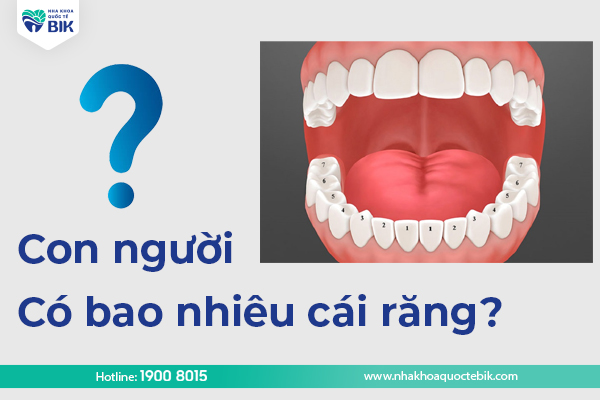
How many teeth do children have?
Children usually start teething around the 6th month, but some children are slower and start teething when they are 1 year old. By the age of 3, children will have grown all 20 baby teeth to serve the purpose of chewing food. The speed of tooth growth may vary depending on each child. When they reach the age of 5, children will begin the process of replacing baby teeth with permanent teeth.
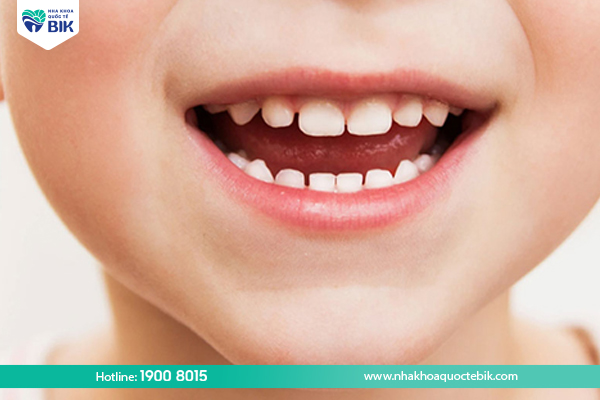
How many teeth do adults have?
Adults have a total of 32 teeth, including 4 wisdom teeth in both jaws. 32 These teeth will include: 8 incisors (4 upper and 4 lower molars), 4 canines (2 upper and 2 lower molars), followed by 8 premolars and finally 12 molars. However, not everyone will have all 32 teeth, some people will have more or less depending on their constitution.
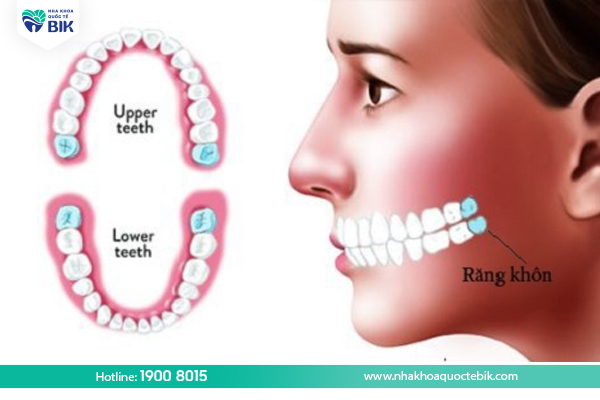
Molars, also known as molars, play a very important role in chewing, so their size is often very large. In the 12 molars, there will be 4 wisdom teeth, depending on each person’s constitution, these 4 teeth can grow early or late. However, after the age of 18, all the teeth on the jaw have gradually stabilized and there is not much space left for wisdom teeth. This is the main cause of impacted wisdom teeth, crooked teeth, … affecting other teeth.
What is the role of teeth?
Teeth play an important role in people’s daily life because they affect many aspects, such as:..
The role of tearing and grinding food
The mouth and teeth play an important role in the human digestive process. Raw food that is brought in will require the cooperation of the teeth to tear and the tongue to chew, mix and grind. When food has been thoroughly processed in the mouth, digestion in the stomach will be easier, helping to reduce pressure on the stomach.

The role of pronunciation
Language and voice play an important role in human development. Every language requires harmony between sound, tongue, teeth and mouth. Therefore, when children learn to speak, their teeth are also perfected over time.
The role of aesthetics
A smile with bright, even and beautiful white teeth always creates a positive impression. That is why many people are interested in dental care and beauty.
The structure of human teeth
In the previous article, we learned how many teeth humans have. So what is the structure of a tooth? Below is the basic structure and structure of a human tooth.
Structure of human teeth
The crown: is the part of the tooth located above the gum that can be seen with the naked eye, also known as the crown. The crown consists of 5 surfaces: the outer surface, the inner surface, the chewing surface and 2 side surfaces.
The root: is the part of the tooth located deep under the jawbone and is covered by the gums. They are fixed by nerves and blood vessels. The number of roots will vary depending on the position and type of tooth, there is no fixed number of roots. For example, canines and incisors have 1 root, molars have 3 roots.
The neck: is the part of the tooth located between the crown and the root, easier to recognize and is the intersection between the tooth and the gum.
Structure of teeth
The structure of the tooth includes 4 main parts: enamel, dentin, pulp and bone.
- Enamel is the outermost layer of the tooth, milky white and rich in calcium and fluoride.
- Dentin is the middle layer of the tooth, protected by enamel and usually light yellow in color, making up the majority of the tooth’s mass.
- Dental pulp, also known as dental pulp, is the innermost layer of the tooth, containing many nerves to maintain the health and aesthetics of the tooth.
- Dental bone, also known as cementum, is equivalent to bone tissue and covers the outside of the tooth root.
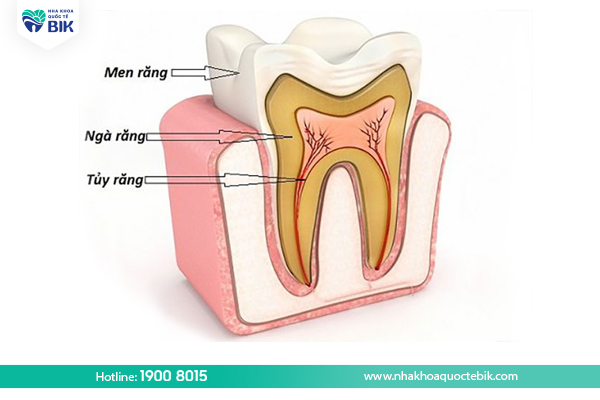
Notes to help keep teeth strong
Daily care for teeth is important to maintain bright white and clean. This also helps prevent dental problems, especially tooth decay. Dentists recommend following these measures for effective oral care:…
Brushing teeth (brushing teeth): At least 2 times a day.
To ensure good oral hygiene, you should use a toothbrush with soft bristles and a sufficient amount of toothpaste each time. Prioritize choosing toothpaste containing Fluoride to prevent tooth decay.
When brushing your teeth, move the brush in a circular motion on the surface of the teeth. Don’t forget to not ignore the hidden surfaces inside the teeth. The brushing time each time should ensure cleaning of all tooth surfaces for about 2 to 3 minutes.

Use dental floss or water floss: After each meal or twice a day
Brushing your teeth may not remove all the leftover food stuck between your teeth. Using dental floss or water floss will help you solve this problem. Do not use bamboo toothpicks because it can damage your gums and wear down the tooth gap.
Regular dental check-ups
Go to the dentist regularly every 6 months – 1 year to detect any abnormalities early. Then, treatment will be easier, more effective and less expensive.
A suitable diet
A healthy diet also helps teeth become stronger and cleaner. Avoid eating foods that are too hot, too cold or too spicy. In addition, avoid foods and drinks with dark colors, which can damage tooth enamel.
The article on the BIK International Dental website has helped you understand how many teeth humans have and how to take care of your teeth effectively. If you need to examine and treat dental problems, contact BIK International Dental for support. Please call hotline 19008015 for advice.

